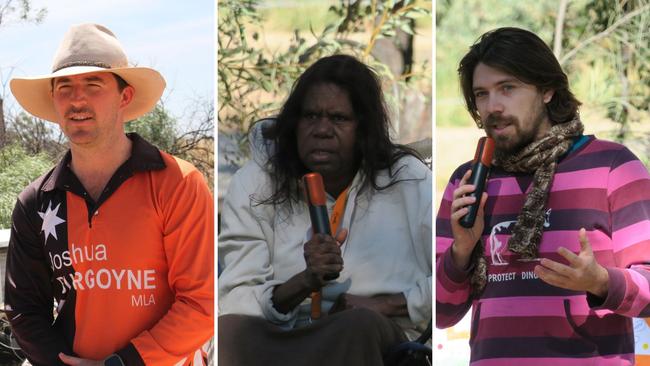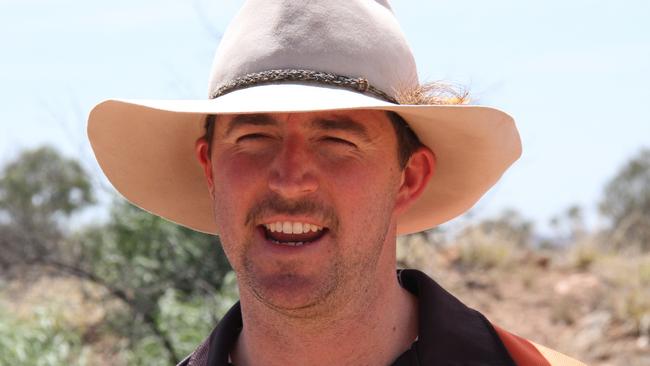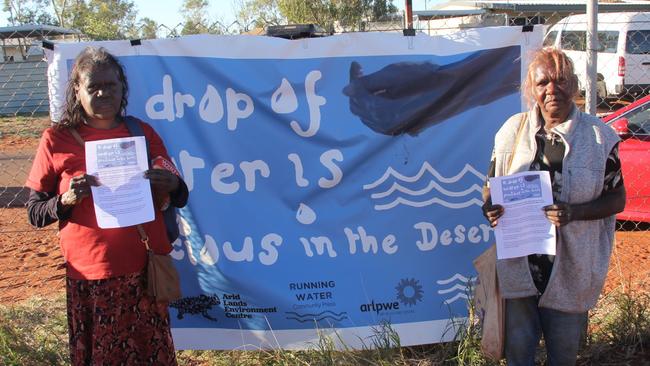CLP’s ‘strengthened environmental measures’ slammed, labelled ‘appalling’ – but not all oppose
Newly released environmental measures have been developed with the ‘best available science’, the government says, but not all are convinced – with one Red Centre resident believing they’ll turn the Territory into a ‘wasteland’.

Northern Territory
Don't miss out on the headlines from Northern Territory. Followed categories will be added to My News.
Newly released environmental measures by the government are being labelled by critics as “unbelievable” and “appalling,” but the minister behind them says they’re providing “certainty” and were developed with the “best available science”.
On Wednesday, Minister for Lands, Planning and Environment and Minister for Water Resources Josh Burgoyne announced “strengthened environmental measures” which are “supporting economic development”.
The suite of measures – dubbed “world class” by Mr Burgoyne – included reworking environmental regulations so all environment management plans for petroleum activities no longer have to be referred to the NT Environmental Protection agency.

“This does not remove the NT EPA’s ability to call in any project application for formal assessment, nor does it remove my right to request the NT EPA’s advice for specific proposals,” he said.
New yields for the Western Davenport and Mataranka Water Allocation plans were also declared, and were developed “using the best available science and a comprehensive understanding of the water resource,” Mr Burgoyne said.

The Northern Territory Cattlemen’s Association chief executive Will Evans welcomed the new measures and the government’s return to “utilising science in making regulatory decisions instead of caving in to those who practice fear mongering and perpetuate malicious mistruths”.
The Mataranka Water Allocation Plan 2024 to 2035 covers 9000sqkm and is divided into three zones: Larrimah, and north and south Mataranka.
“The aquifer holds an estimated 32 million megalitres (ML) of water, with the estimated sustainable yield (ESY) for this allocation plan set at a maximum of 62,474 ML per year,” Mr Burgoyne said.
The Western Davenport Water Allocation Plan “maintains the vast majority of water in the aquifer,” Mr Burgoyne said.
“This means that 99.4 per cent of the groundwater remains in the ground over the 10-year life of the plan.”

However, Arid Lands Environment Centre policy officer Alex Vaughan slammed the plan, which he said “seeks to extract an extra 20 billion litres of groundwater every year, accelerating water mining and leading to the damage and destruction of a 100 kilometre stretch of groundwater dependent habitat”.
“The CLP promised to be transparent and accountable, but have made highly contentious decisions about water in the Western Davenport region and across the Territory with zero consultation or scrutiny.”
Ali Curung local Maureen Nampijinpa O’Keefe said the new water plan would “damage the country,” leaving residents to live “in a wasteland”.

“This goes against our human rights to access this water. This is about human lives and the health risks, dialysis machines need this water,” she said.
“Our lives are important too, as water is life”.




